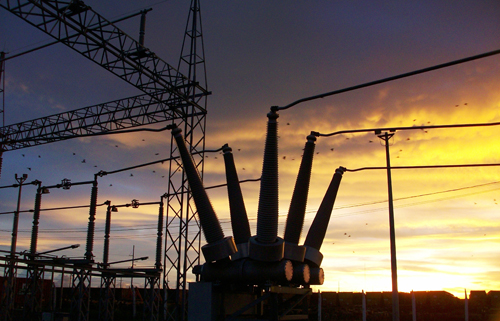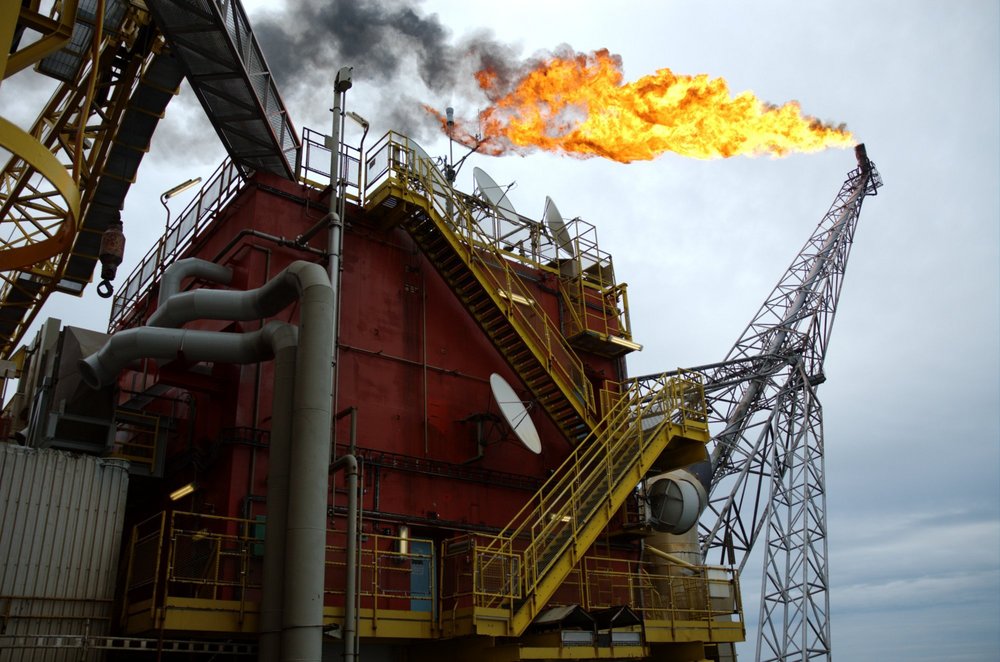
Against a backdrop of low, weathered mountains and the scorched desert of north Western Australia lies the Pilbara, the closest sizeable reserve of iron ore to the rapidly expanding Chinese and Indian markets. It is here amidst some of the oldest rocks found on Earth that Rio Tinto is mining some of the planet’s largest iron ore deposits.
DOWNLOAD
 ABB-APAC.Mining-Mar13-Bro-s.pdf
ABB-APAC.Mining-Mar13-Bro-s.pdf












